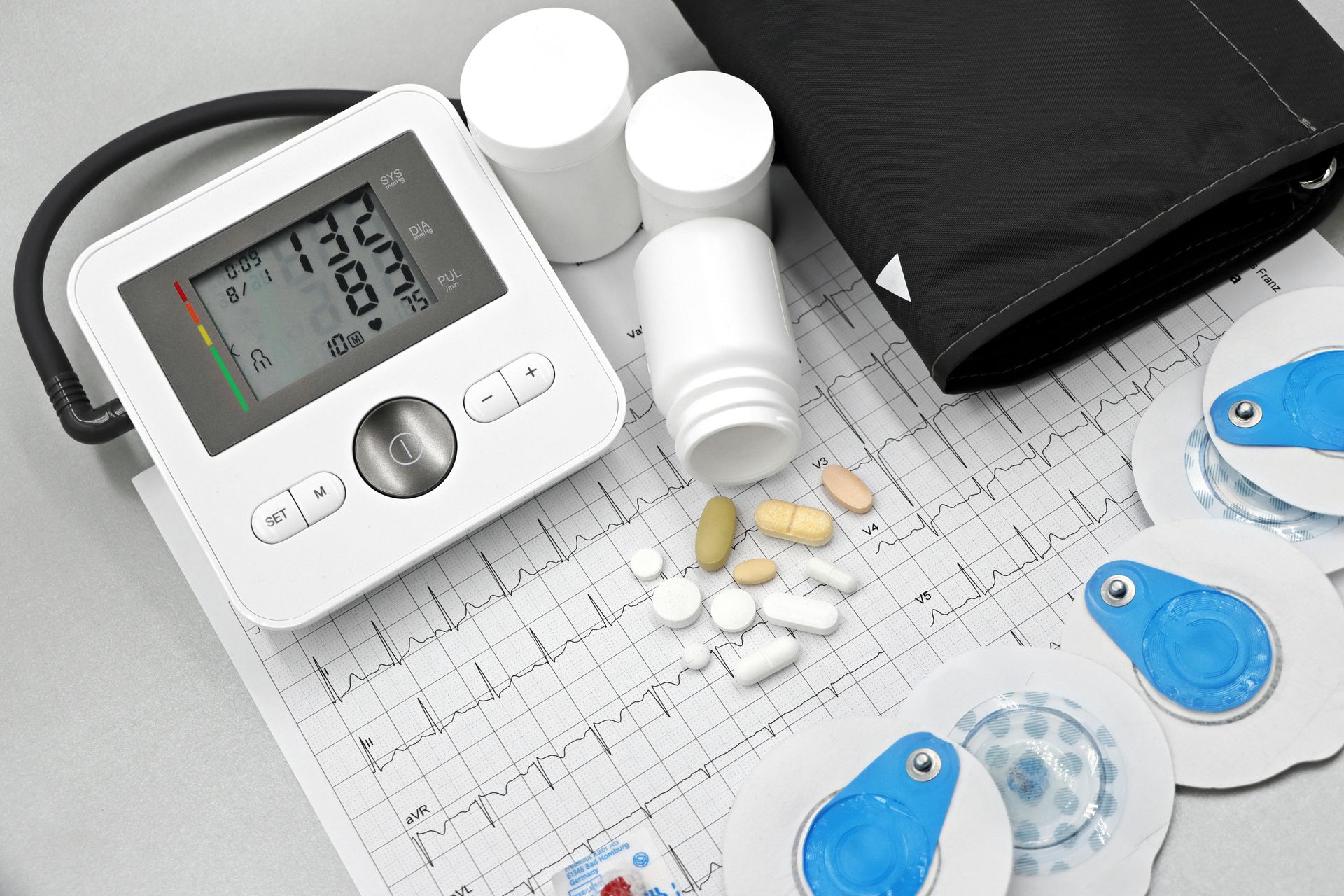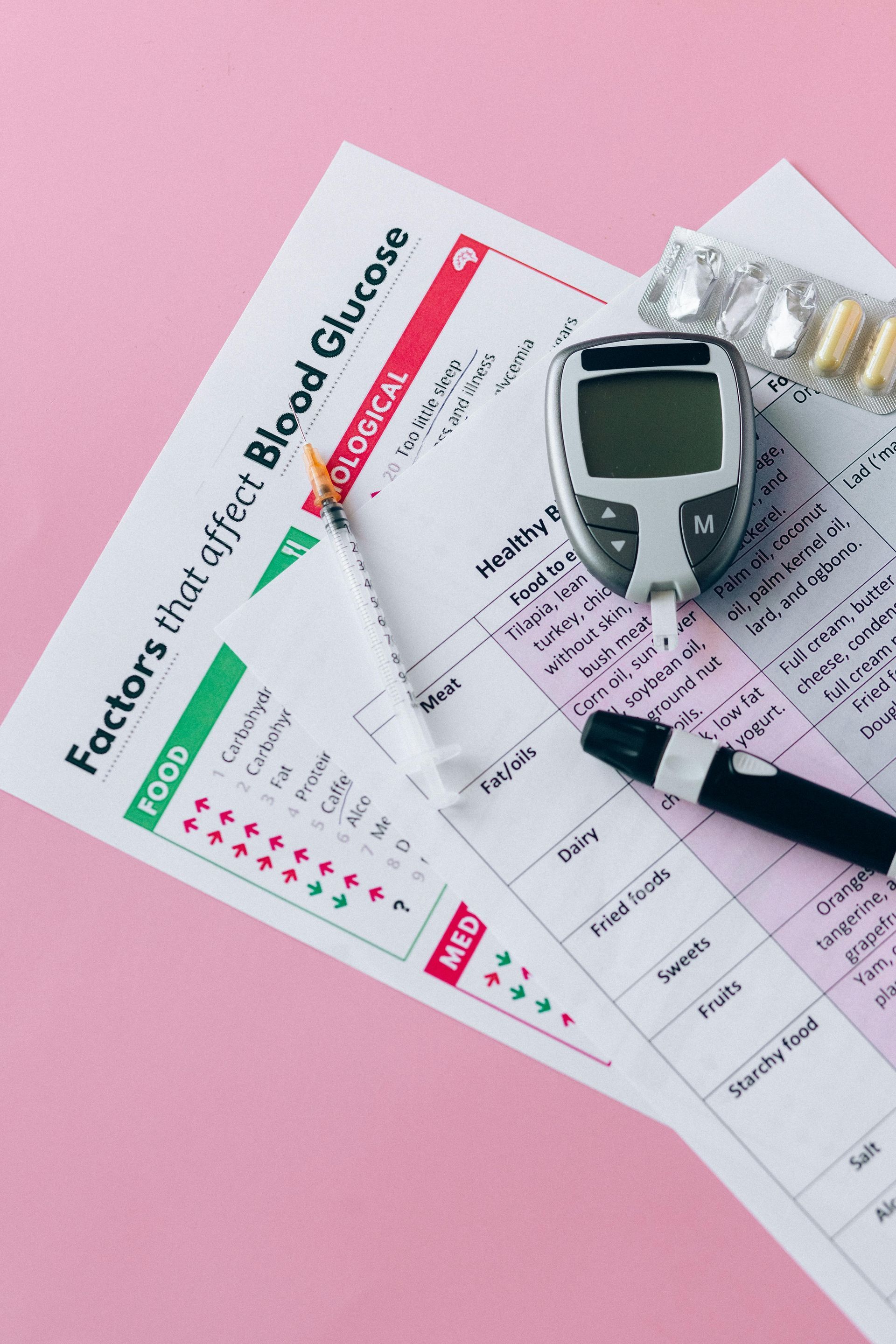Mohamad-Ali Salloum is a Pharmacist and science writer. He loves simplifying science to the general public and healthcare students through words and illustrations. When he's not working, you can usually find him in the gym, reading a book, or learning a new skill.
The Power of Positive Thinking in Our Daily Lives
Share
Positive thinking is a powerful tool that can have profound effects on our daily lives. It is not about ignoring life’s less pleasant situations, but rather approaching them with a positive outlook. This article explores the power of positive thinking and its impact on our daily lifestyle.
What is Positive Thinking?
Positive thinking is the act of replacing negative thought patterns with positive ones. It involves approaching life’s challenges with a positive outlook, making the most of potential obstacles, and viewing oneself and one’s abilities in a positive light. It is not about seeing the world through rose-colored lenses by ignoring or glossing over the negative aspects of life.
The Science Behind Positive Thinking
Scientific studies have shown that positive thinking can be the catalyst we need to overcome the negative influences in our lives. Two chemical messengers, dopamine and serotonin, control our motivation and happiness when it comes to positive thinking.
Moreover, researchers suspect that people who are more positive may be better protected against the inflammatory damage of stress. Another possibility is that hope and positivity help people make better health and life decisions and focus more on long-term goals. Studies also find that negative emotions can weaken immune response.
Positive Thinking and Daily Lifestyle
Positive thinking has numerous benefits to our daily lifestyle. It can lead to increased life span, lower rates of depression, lower levels of distress, greater resistance to illnesses, better psychological and physical well-being, better cardiovascular health, and reduced risk of death from various diseases.
Positive thinking can also improve productivity. Happy employees are 12% more productive when compared to unhappy workers. They have an easier time focusing on the task at hand and won’t be bogged down with doubts and worries.
How to Practice Positive Thinking
Practicing positive thinking involves acknowledging the reality of what you’re experiencing and feeling. Grounding positive thinking in reality and setting reasonable expectations can improve your overall well-being.
1. Acknowledge Reality and Emotions:
o Positive thinking doesn’t mean denying negative emotions or pretending everything is perfect. It involves recognizing your feelings and experiences.
o When faced with challenges, acknowledge them without judgment. Understand that it’s normal to feel a range of emotions, including stress, sadness, or frustration.
2. Set Reasonable Expectations:
o Ground positive thinking in reality by setting achievable goals and expectations.
o Unrealistic expectations can lead to disappointment and frustration. Instead, aim for progress rather than perfection.
3. Embrace Laughter and Smiling:
o Laughter has numerous health benefits, including reducing stress hormones and boosting mood.
o Even during stressful situations, find moments of humor. Smile intentionally—it can positively impact your mood and interactions with others.
4. Check Your Thoughts:
o Regularly assess your thought patterns. Are they predominantly negative or positive?
o When negative thoughts arise, consciously challenge them. Replace them with more optimistic perspectives.
5. Positive Self-Talk and Affirmations:
o Monitor your inner dialogue. Are you overly critical of yourself?
o Practice positive self-talk by replacing self-criticism with encouraging statements. Use affirmations to reinforce positive beliefs about yourself.
6. Visualize Positivity:
o Create mental images of success, happiness, and well-being.
o Visualization can enhance motivation and resilience. Imagine positive outcomes and visualize yourself overcoming challenges.
Conclusion
In conclusion, positive thinking is a powerful tool that can significantly improve our daily lives. It can lead to better health, increased productivity, and overall well-being. By practicing positive thinking, we can lead a more fulfilling and healthier life.
References:
1. Verywell Mind. Positive Thinking: Definition, Benefits, and How to Practice.
2. Psych Central. Positive Thinking: Benefits and How to Practice.
3. Mayo Clinic. Positive thinking: Reduce stress by eliminating negative self-talk.
4. The Art of Living. 10 Ways the Power of Positive Thinking Can Benefit You Everyday.
5. Johns Hopkins Medicine. The Power of Positive Thinking.
6. Harvard Health. Positive Psychology.
7. Greatness. The Science Behind Positive Thinking.
8. Kim ES, Hagan KA, Grodstein F, DeMeo DL, De Vivo I, Kubzansky LD. Optimism and cause-specific mortality: a prospective cohort study. Am J Epidemiol. 2017;185(1):21-29. doi:10.1093/aje/kww182
9. Seligman M. Learned Optimism. Random House.
10. Chang E, Sanna L. Virtue, Vice, And Personality: The Complexity of Behavior. American Psychological Association.
11. Johns Hopkins Medicine. The power of positive thinking.
12. Park N, Peterson C, Szvarca D, Vander Molen RJ, Kim ES, Collon K. Positive psychology and physical health: Research and applications. Am J Lifestyle Med. 2016;10(3):200-206. doi:10.1177/1559827614550277
13. Gale CR, Mõttus R, Deary IJ, Cooper C, Sayer AA. Personality and risk of frailty: The English Longitudinal Study of Ageing. Ann Behav Med. 2017;51(1):128-136. doi:10.1007/s12160-016-9833-5
14. Paganini-Hill A, Kawas CH, Corrada MM. Positive mental attitude associated with lower 35-year mortality: The Leisure World Cohort Study. J Aging Res. 2018;2018:2126368. doi:10.1155/2018/2126368
15. Boyraz G, Lightsey OR Jr. Can positive thinking help? Positive automatic thoughts as moderators of the stress-meaning relationship. Am J Orthopsychiatry. 2012;82(2):267-77. doi:10.1111/j.1939-0025.2012.01150.x
16. Kross E, Bruehlman-Senecal E, Park J, et al. Self-talk as a regulatory mechanism: how you do it matters. J Pers Soc Psychol. 2014;106(2):304-24. doi:10.1037/a0035173
17. Forgas JP. Don’t worry, be sad! On the cognitive, motivational, and interpersonal benefits of negative mood. Curr Dir Psychol Sci. 2013;22(3):225-232. doi:10.1177/0963721412474458
18. De Meza D, Dawson C. Neither an optimist nor a pessimist be: mistaken expectations lower well-being. Pers Soc Psychol Bull. 2021;47(4):540-550. doi:10.1177/0146167220934577
List of Services
ABOUT THE AUTHOR
Mohamad-Ali Salloum, PharmD
Share
Recent articles:





















